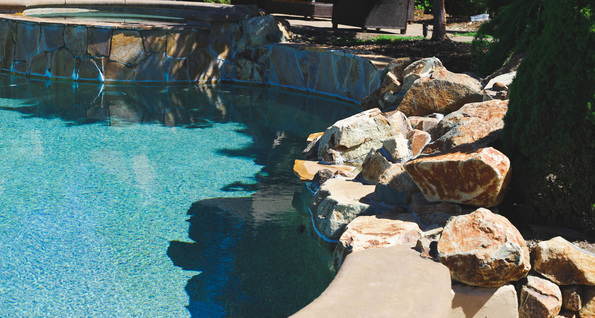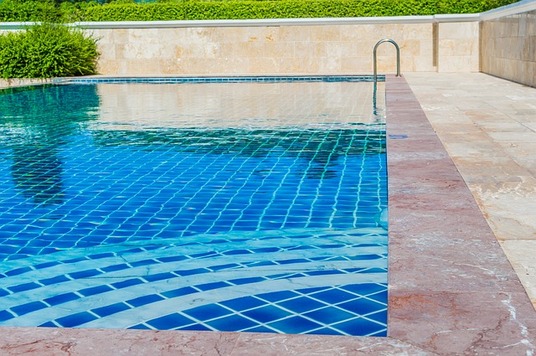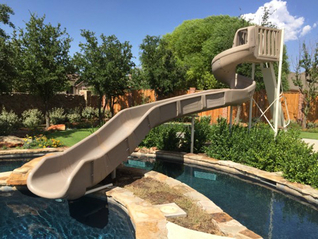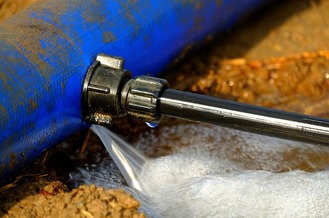|
TO LISTEN, CLICK PLAY
|
5 Tips Of Pool Leak Detection
Pool leaks can occur both in and outside of the pool. So, when checking for a pool leak, ensure that you check the entire filter system, which includes the heater, pump, filter, chlorinator, etc.
If yours is an in-ground pool, then you should know that leaks can also occur through cracked piping on the underground. So if you see something suspicious indicating that there could be a leak, you need to get in touch with a local pool professional right away to inspect your pool for possible cracks. For you to detect a pool leak, there are a number of steps you will have to go through. The very first step is to figure out if it is actually a leak that’s draining your pool and not due to water evaporation. Only when you confirm that it is indeed a leak, can you only proceed to the next step. 1. The Bucket Method Basically, this is what you will need;
Step one is to dip the bucket – while empty – in the pool and on the second step. Then fill water in the bucket until it’s the same level as the water in the pool. After that, use the duct tape or the marker to mark this particular level in the bucket. Step two, if you have the recirculating pump or any other auto-refill equipment in your pool, ensure that you turn them off. Step three is where you wait for the results. You should wait for at least 24 hours and then compare the level of water in the pool and the bucket. If you find that the water level on the pool and in the pool remains the same, then know that the water loss is due to evaporation. But if the water level in the pool drops below the level in the bucket, then you may have a leak. Repeat The Test And since the first test may not convince you, or just want to narrow down on the possible leak sources or spots, you are advised to repeat the test with the pump for another 24 hrs. 2. Review The Results If you find that the level of the water in the pool is more when there is low water circulation pressure, then the leak is somewhere in the pool plumbing. 3. Pool leak detection: Ink Method What you need:
4. Inspect Pool Walls Doing this will help you determine the specific leak area. And since you know the leak height (the point where the water stopped draining), you should now be able to see the area as the pool wall or ground will be wet. Before you apply the dye, narrow down on the leak spots. Once you have a clearer idea of where the leak spots could be, then you can go into the pool to find the exact spot using the dye. 5. Apply The Dye To Pinpoint The Leak Once you find the exact spot, move in slowly without disturbing the water too much. Then squirt the dye to the wall. And if the leak is in that particular region, then the dye will start moving towards the source of the leak like a current. But if the leak is not on the walls and you suspect it’s on the pool’s ground, just put on the goggles and perform the same process. Remember not to disturb the water too much as you don’t want the dye running wild. |
|
Helpful Resources For Your Swimming Pool
- 10 Signs You Have A Water Main Leak
- How To Remove Pool Algae
- How To Fix Cloudy Pool Water
- Understanding Pool Cartridge Filters
- Understanding Pool Chlorine
- Common Pool Leaks
- Pros & Cons Of Hiring Leak Detector
- Pool Leaking Vs Water Evaporating
- Low Water Pressure
- Signs Of A Gas Leak
- Detect An Irrigation Leak
- Warning Signs Of A Slab Leak
- Pool Skimmer Leaks
- Pool Leak Detection Using Ultrasound
- 7 Tips To Keep The Pool Swim-Ready & Safe All Summer Long




